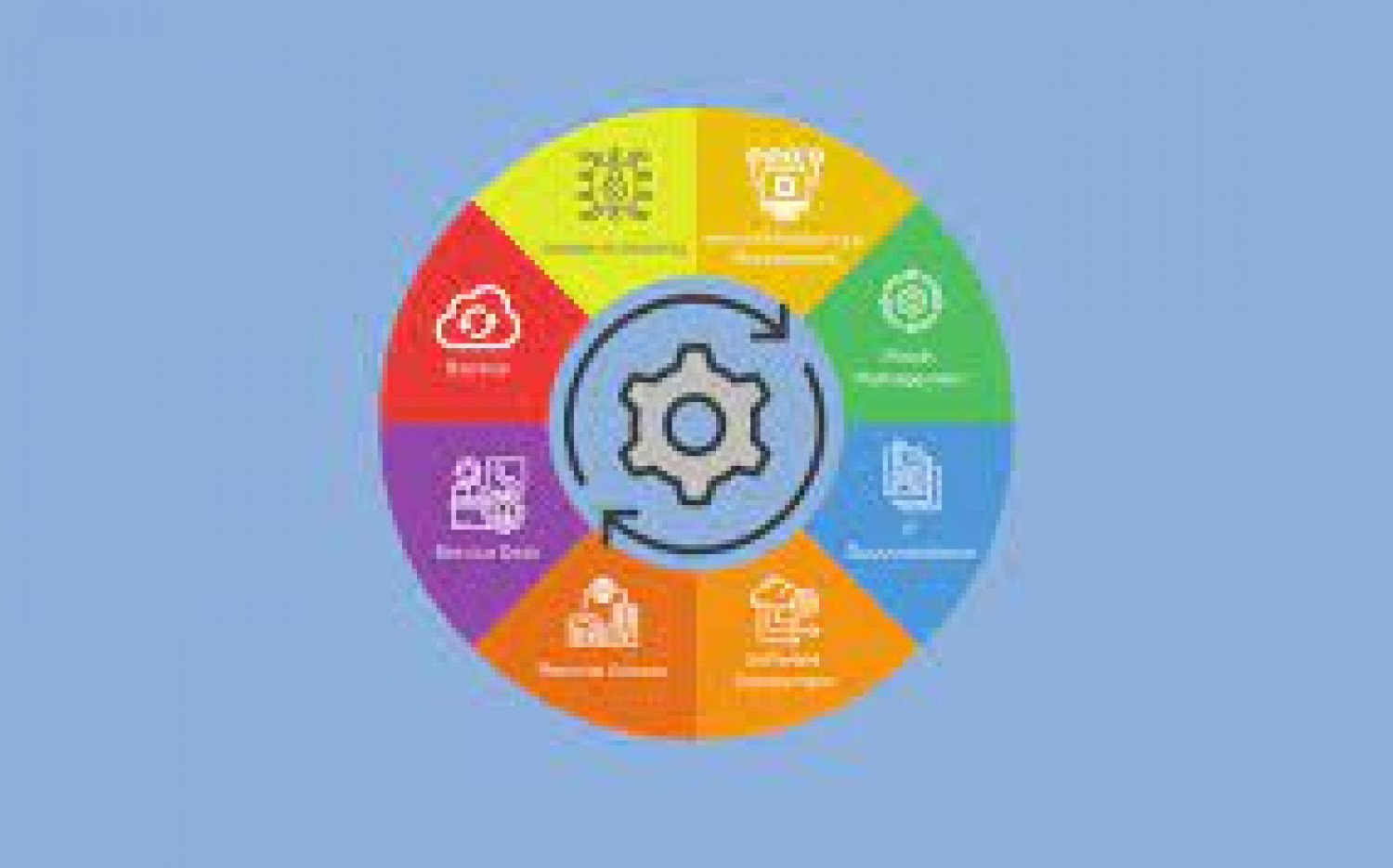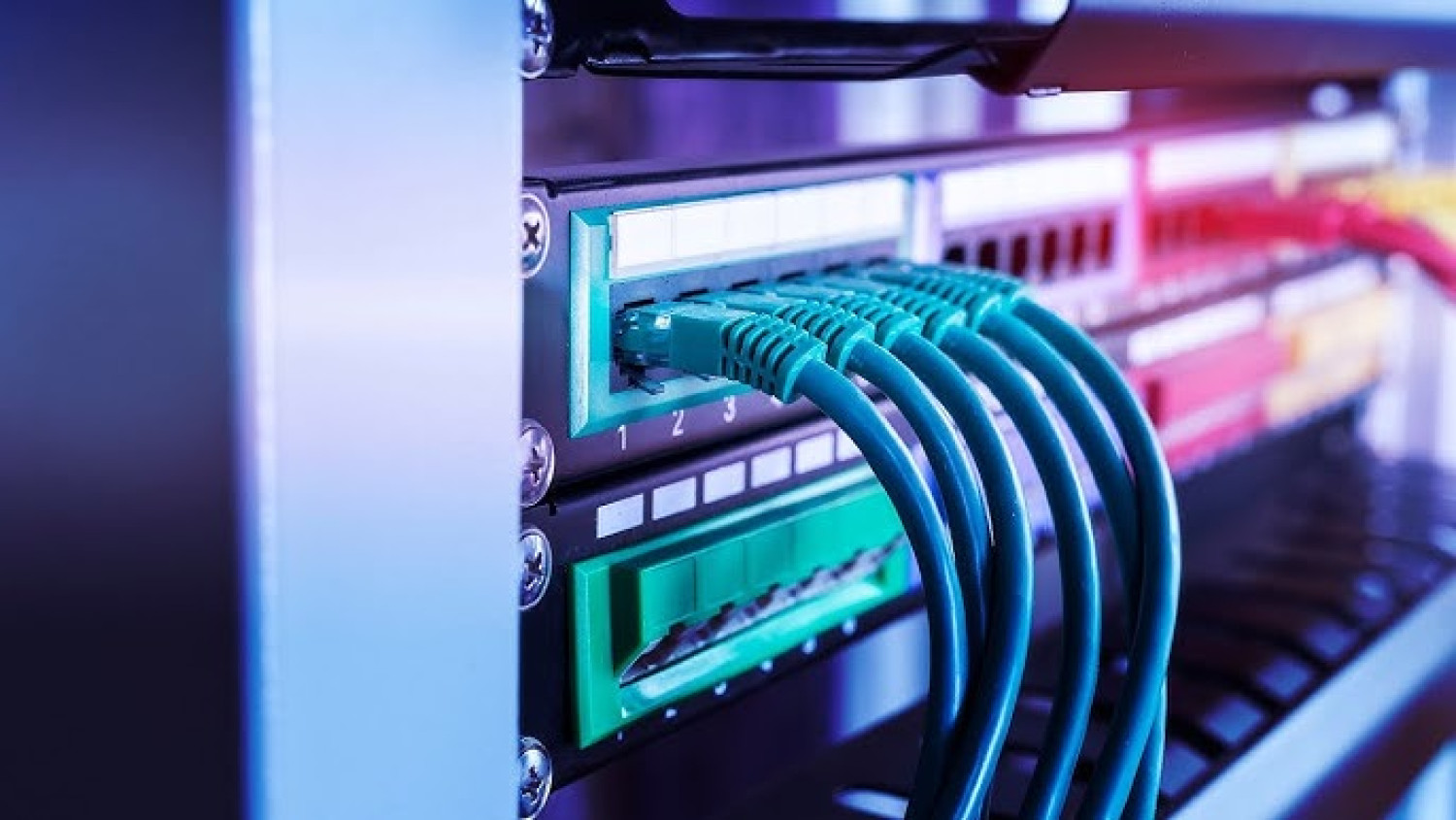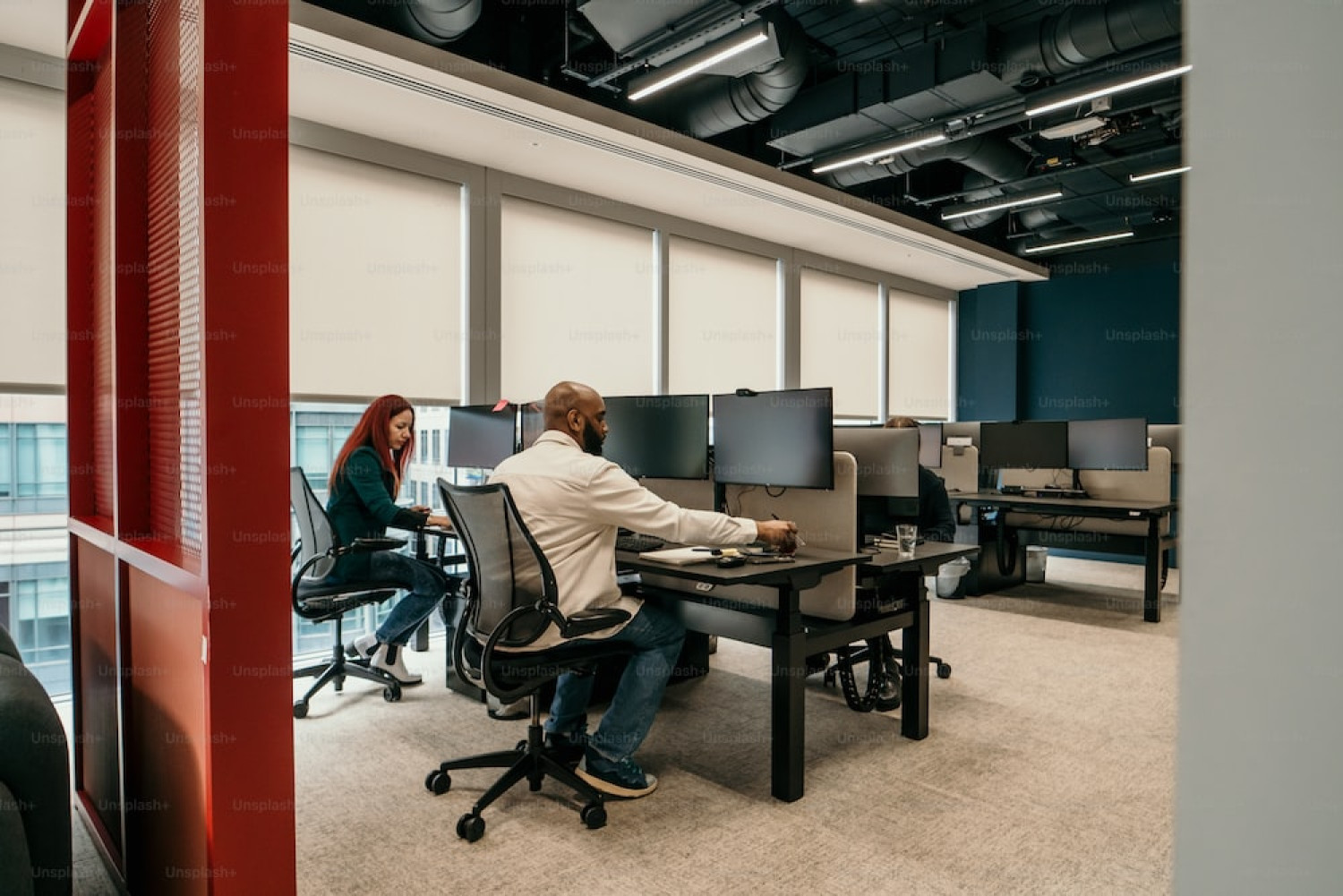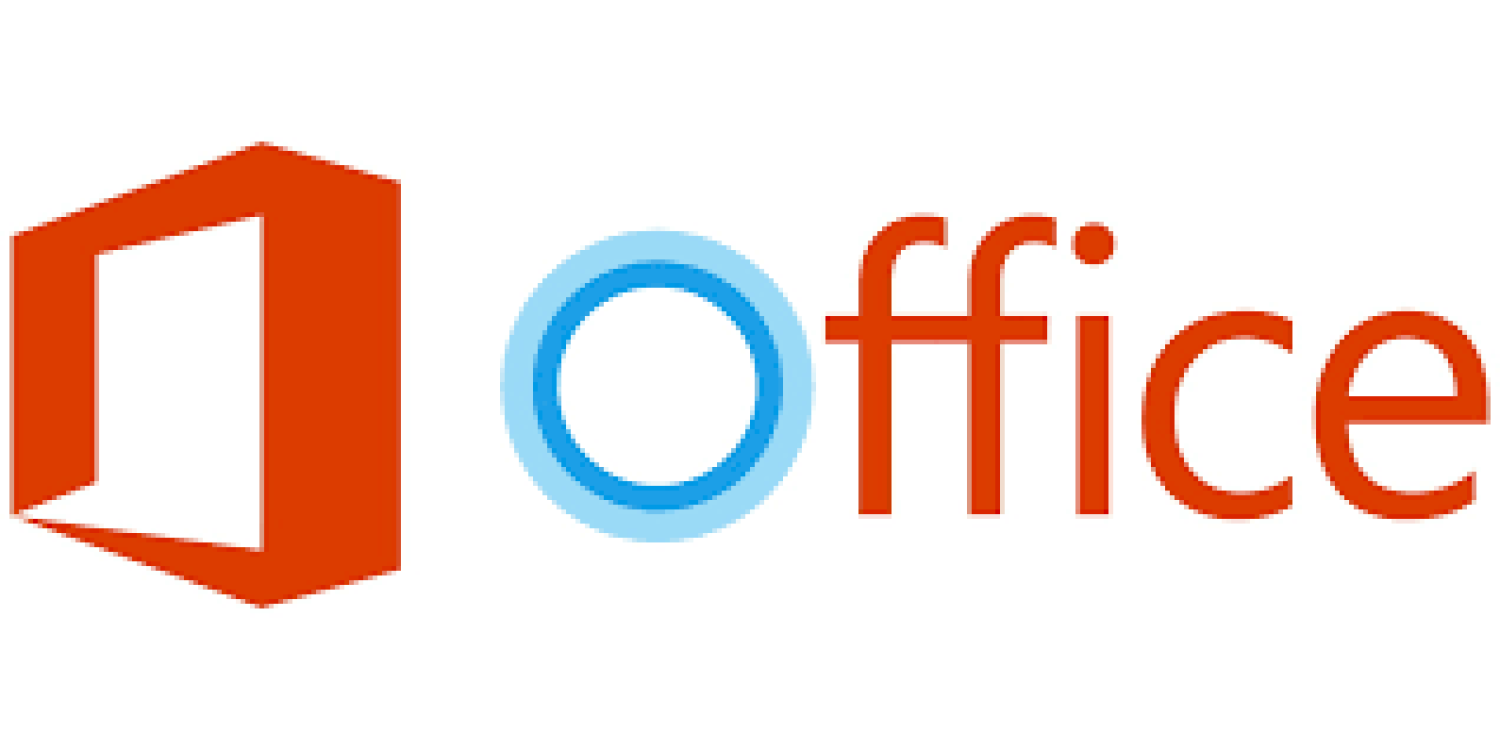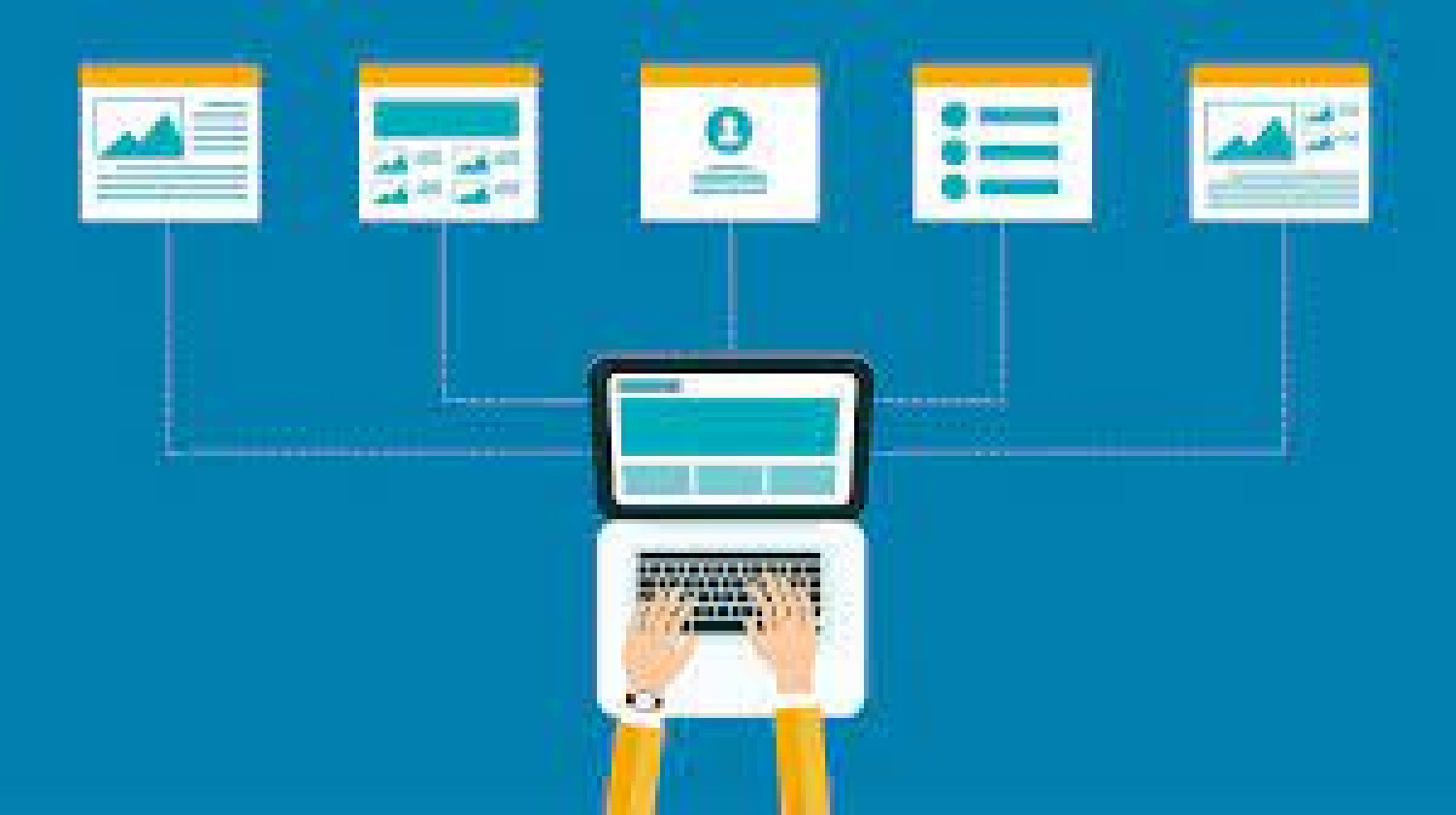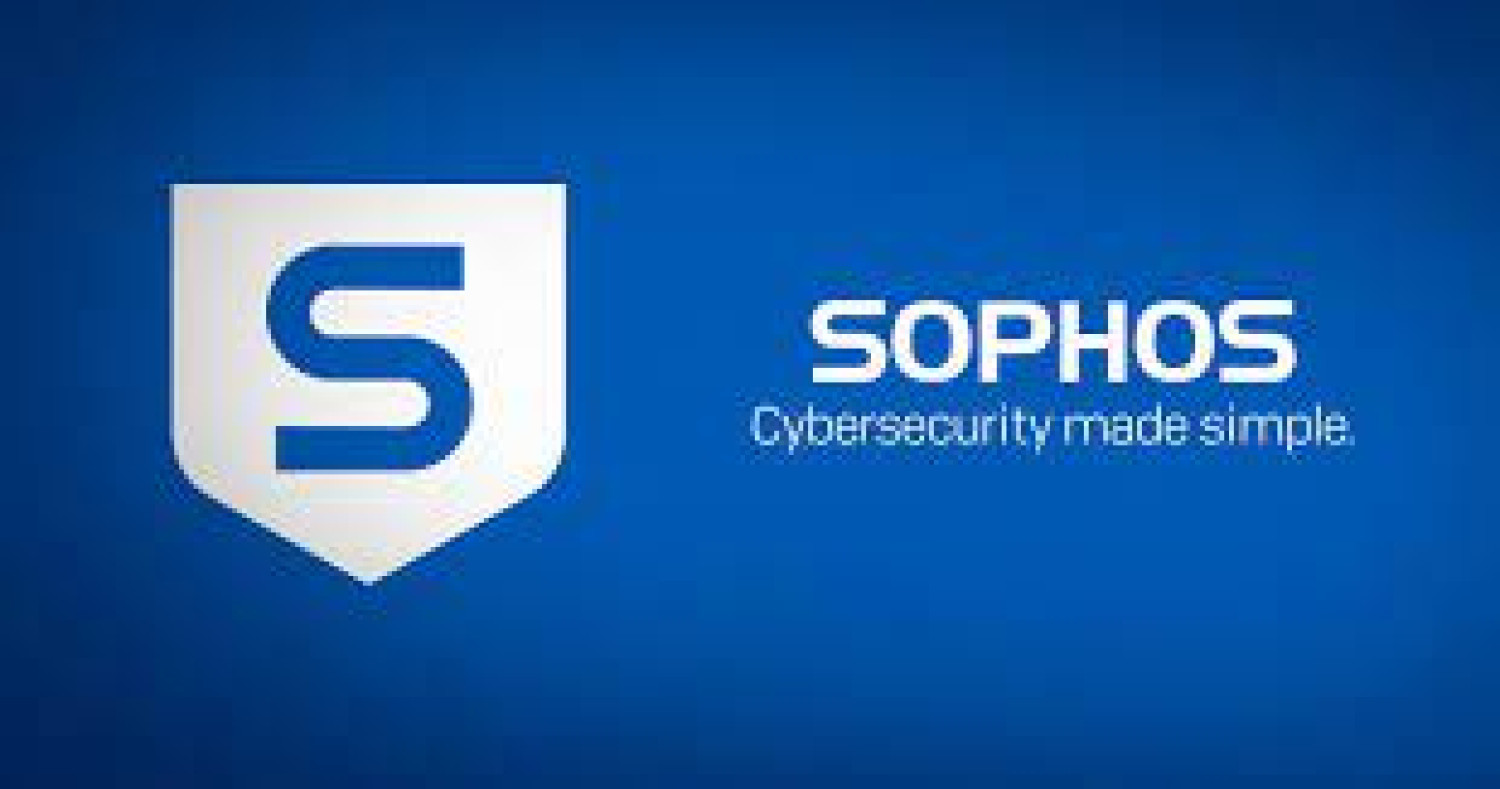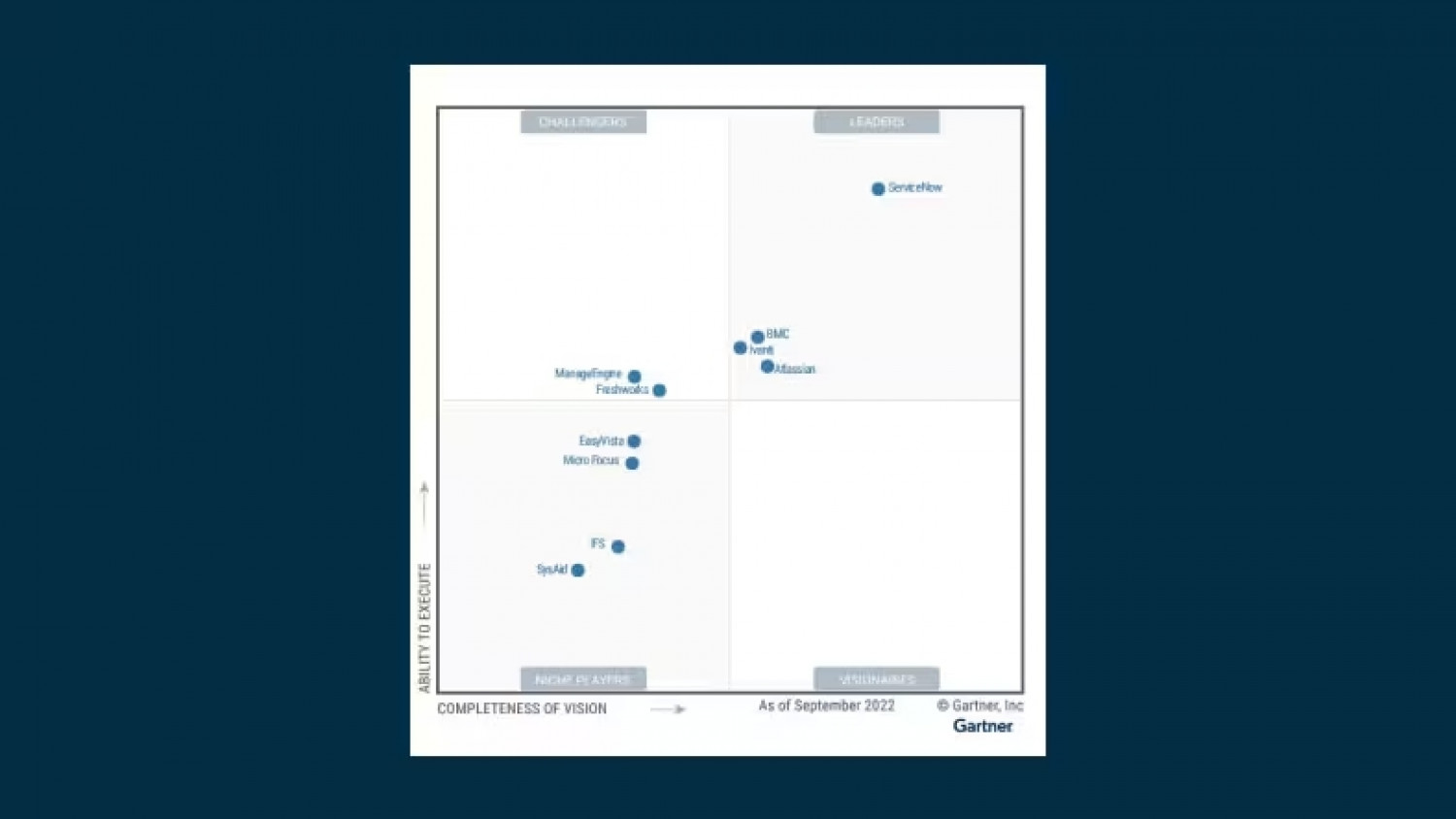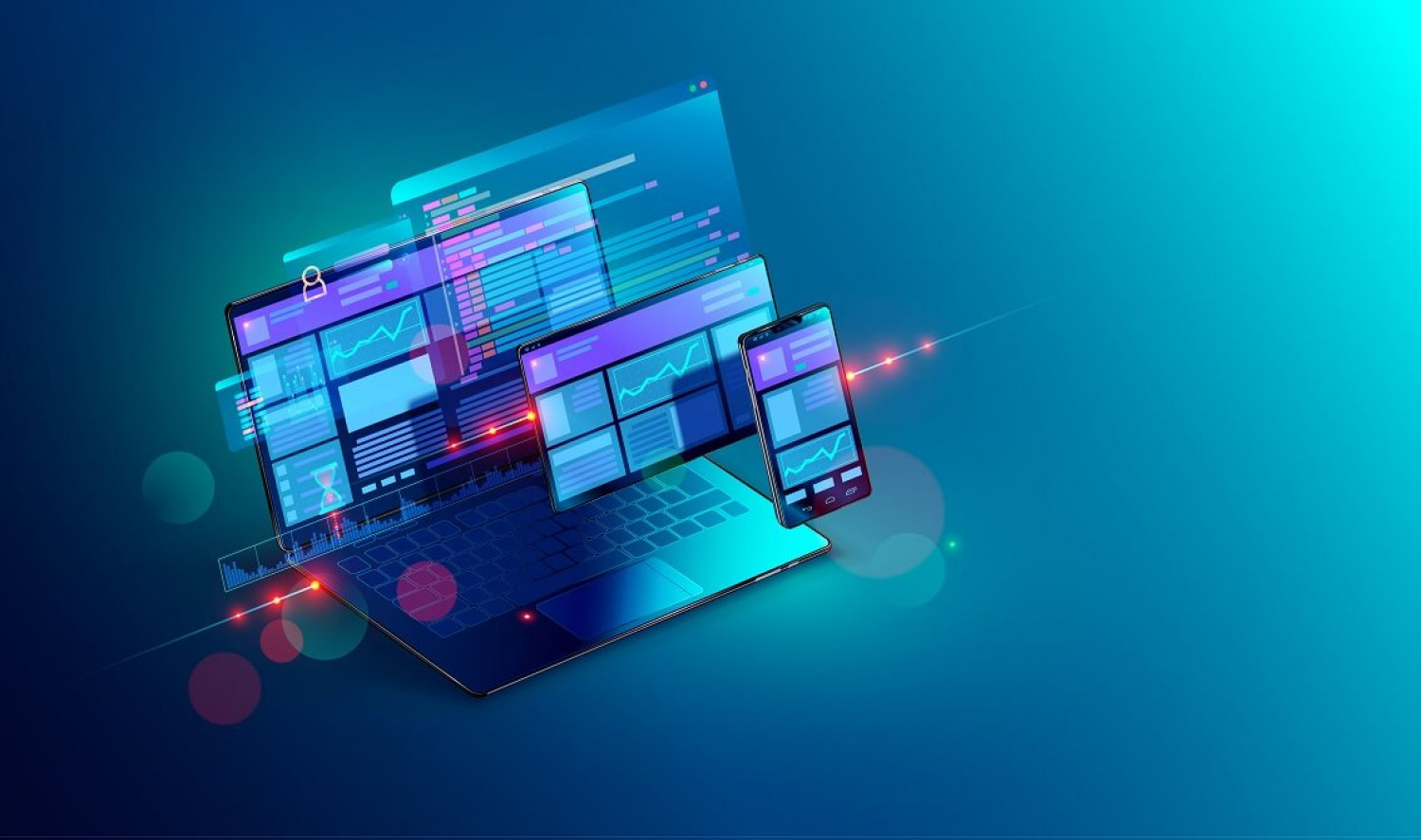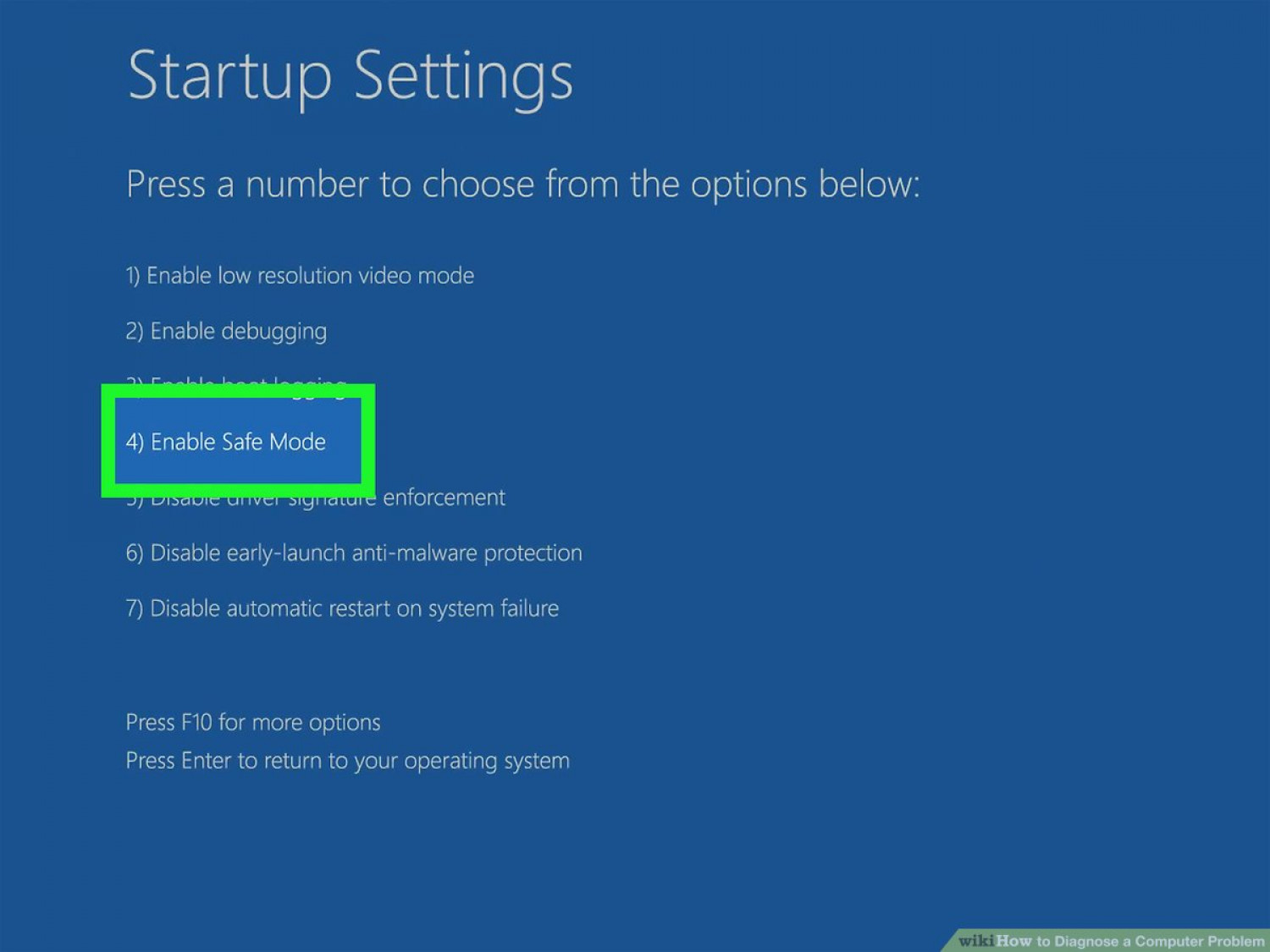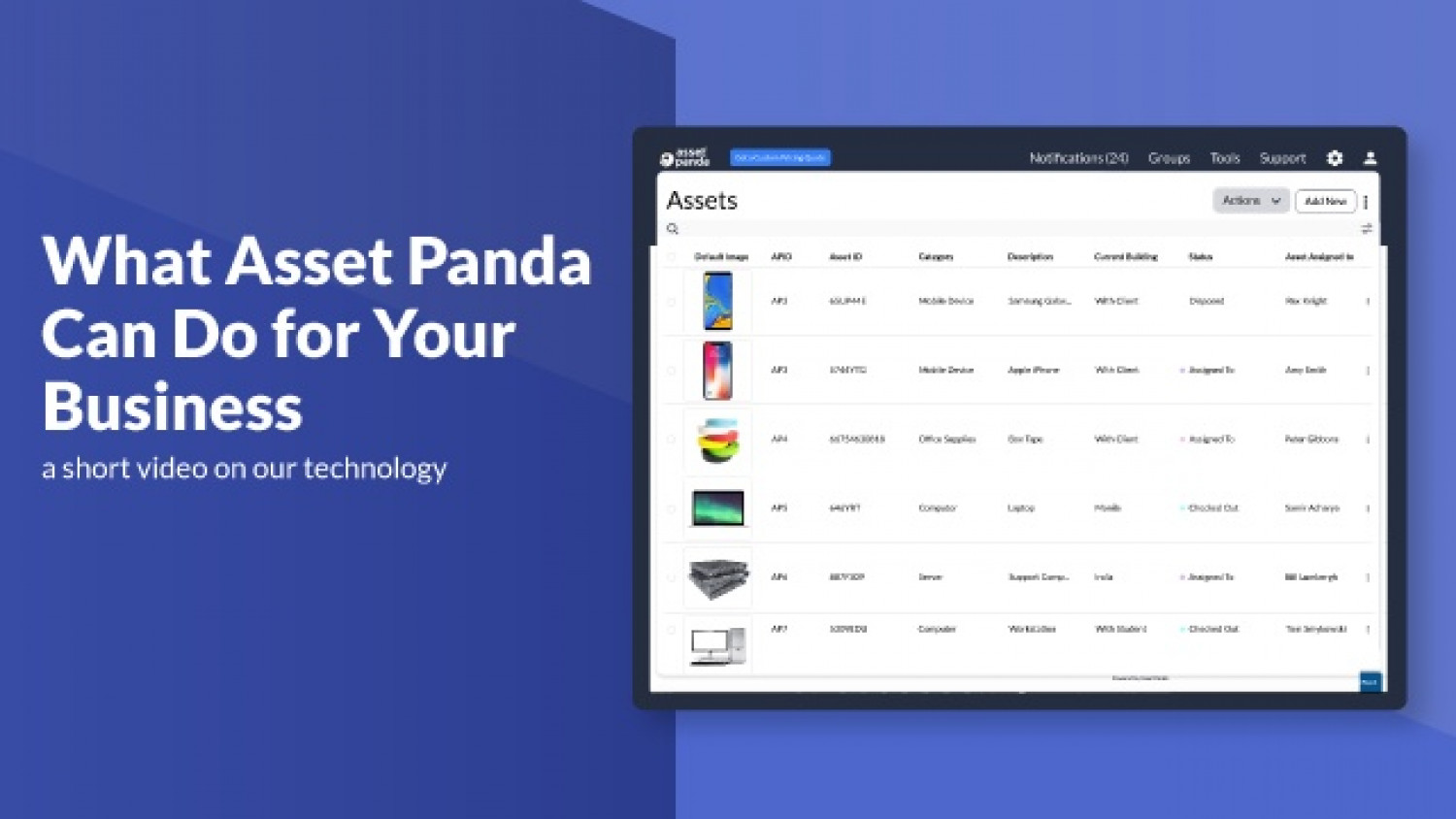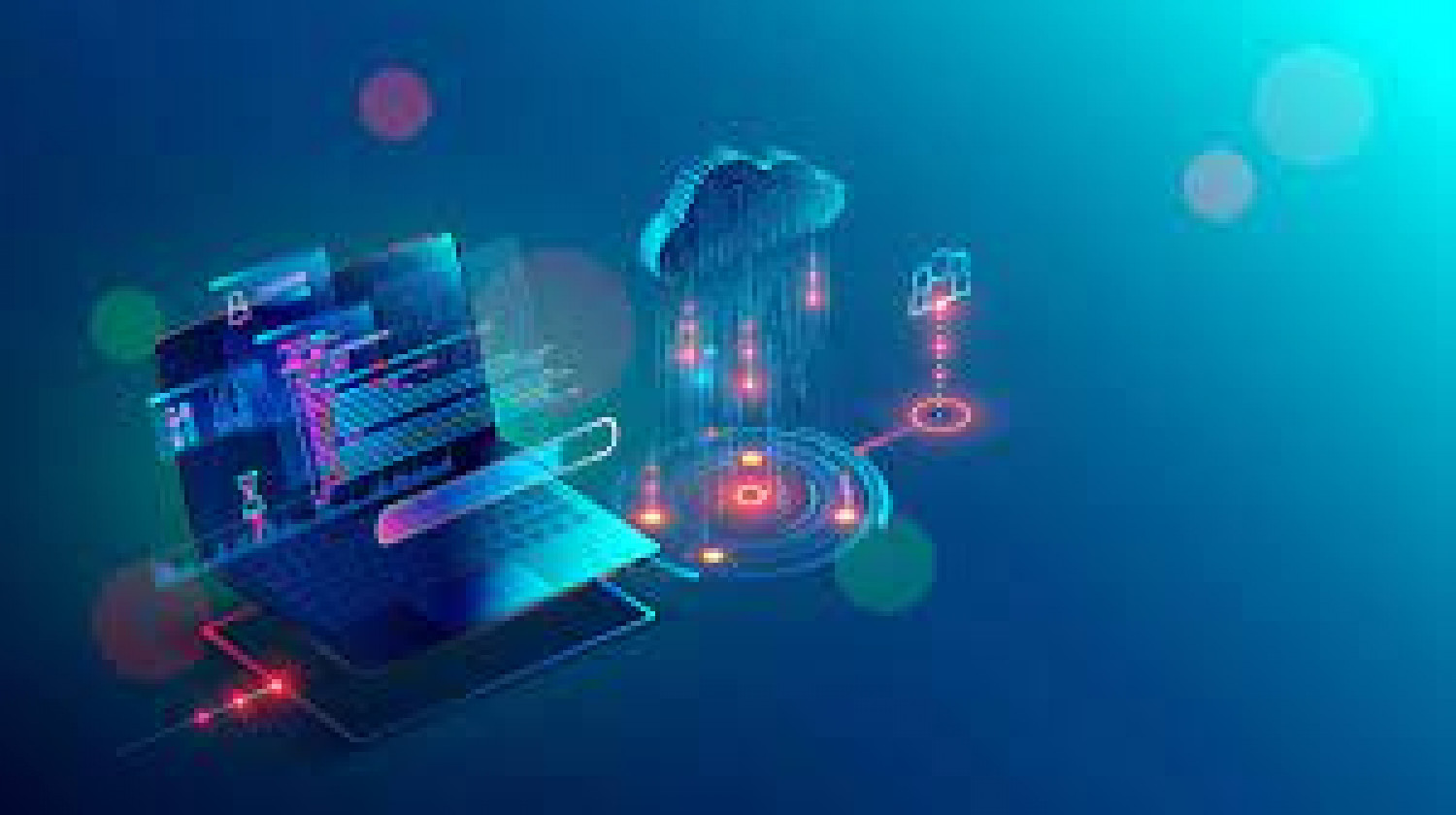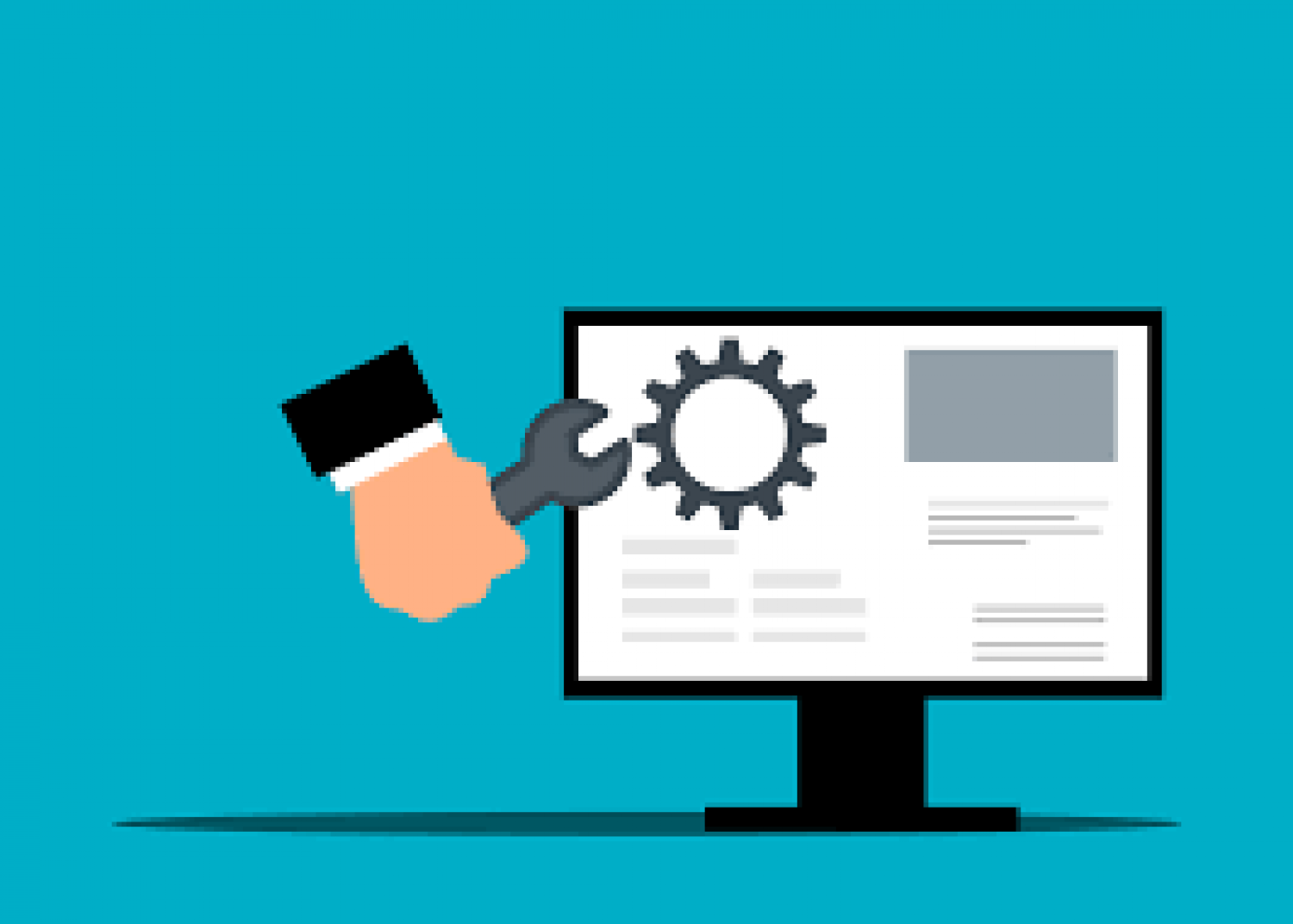overview:
Remote Monitoring and Management (RMM) Systems are software solutions designed to remotely monitor, manage, and maintain IT infrastructure and endpoints from a centralized console. These tools enable IT professionals and managed service providers (MS
Remote Monitoring and Management (RMM) Systems are essential software solutions in IT infrastructure management, providing organizations and managed service providers (MSPs) with the capability to remotely monitor, manage, and maintain their IT environments from a centralized platform. These comprehensive tools offer a wide array of functionalities to proactively monitor system health, deploy software updates, troubleshoot issues, and perform routine maintenance tasks across distributed networks, ensuring the reliability, availability, and security of IT infrastructure and endpoints.
RMM Systems' core is the ability to remotely monitor the health and performance of IT systems, applications, and network devices in real-time. These tools continuously collect and analyze data from various endpoints, servers, network devices, and applications, providing IT professionals and MSPs with actionable insights into their IT infrastructure's performance, availability, and security. By monitoring key performance indicators (KPIs) such as CPU usage, memory utilization, disk space, network bandwidth, and system uptime, RMM Systems enable proactive identification and resolution of issues before they escalate into costly outages or disruptions.
Remote access capabilities are another fundamental aspect of RMM Systems. They allow IT professionals and MSPs to access and control endpoints, servers, and network devices from a centralized console. This functionality enables technicians to troubleshoot issues, perform maintenance tasks, and deploy software updates without physically being present at the device's location. By providing secure remote access, RMM Systems empowers IT teams to resolve problems quickly, minimize downtime, and optimize operational efficiency.
Patch management is a critical feature of RMM Systems. It enables organizations to centrally manage and deploy software updates, patches, and security fixes across distributed networks. These tools automate identifying, testing, and deploying patches to endpoints, ensuring that systems are up to date with the latest security updates and software patches. By automating patch management tasks, RMM Systems helps organizations mitigate security risks, address vulnerabilities, and maintain compliance with regulatory requirements.
Furthermore, automation capabilities are integral to RMM Systems, enabling IT professionals and MSPs to automate routine maintenance tasks, repetitive workflows, and standard IT processes. These tools leverage scripting, workflows, and policy-based automation to streamline software deployment, system configuration, backup and recovery, and security enforcement. By automating manual tasks, RMM Systems help organizations improve operational efficiency, reduce human error, and free up valuable resources to focus on strategic initiatives.
Security is a paramount consideration in RMM Systems, given the sensitive nature of the data and systems remotely monitored and managed. These tools employ robust security measures, such as encryption, multi-factor authentication, role-based access controls, and audit trails, to ensure data and systems' confidentiality, integrity, and availability. Additionally, RMM Systems often integrate with existing security infrastructure, such as endpoint protection platforms (EPPs) and security information and event management (SIEM) systems, to provide comprehensive threat detection and response capabilities.
In summary, Remote Monitoring and Management (RMM) Systems play a vital role in modern IT infrastructure management, enabling organizations and MSPs to easily monitor, manage, and maintain their IT environments. By providing real-time monitoring, remote access, patch management, automation, and security features, these tools help organizations optimize IT performance, minimize downtime, and ensure the reliability and security of their IT infrastructure and endpoints in today's dynamic and distributed computing environments.
